Policy: Cryptorchid castration
Policy type: Policy
Reference: 3d
Status: Current
Date ratified: February 2019
Policy
Castration of cryptorchids of any species should involve removal of both testicles.
Explanation
Failure of both testicles to descend is uncommon. Usually only one is retained (in the abdomen or in the inguinal canal) and although it may be able to produce hormones, is unlikely to produce fertile spermatozoa. The fully descended testicle produces sufficient spermatozoa to render the animal fertile.
Castration of male animals (including cryptorchids) is performed to prevent or remove undesirable and dangerous male behaviour and to prevent pregnancy in bred females.
Removal of the visible testicle without removal of the undescended testicle gives the impression that the animal has been castrated. Subsequent owners and others may then incorrectly believe that the animal is free of undesirable and dangerous male characteristics. Risk of injury to humans and other animals is increased if an animal that appears to be a neuter is, in fact, not fully castrated.
Undescended testicles may become cancerous if left within the abdominal cavity or inguinal canal in some species.
Cryptorchidism may be an inherited condition, so castration of affected individuals is a safeguard against it being passed on.
Guidelines
- Veterinarians castrating cryptorchids should remove both testicles or none at all.
- The undescended testicle should be removed first.
References
Rao Veeramachanenil DN. Germ cell atypia in undescended testes hinges on the aetiology of cryptorchidism but not the abdominal location per se. Int J Androl 29(1):235-40, 2006.
Hayes Jr HM, Wilson GP, Pendergrass TW, Cox VS. Canine cryptorchism and subsequent testicular neoplasia: case-control study with epidemiologic update. Teratology; 32(1):51-6, 1985.
Weaver A D. Survey with follow-up of 67 dogs with testicular sertoli cell tumours. Vet Rec 113(5):105-7, 1983.
Reif JS, Maguire TG, Kenney RM, Brodey RS. A cohort study of canine testicular neoplasia. J AM Vet Med Assoc 175(7):719-23, 1979.
Hayes Jr HM, Pendergrass TW. Canine testicular tumors: epidemiologic features of 410 dogs. Int J Cancer 18(4):482-7, 1976.
